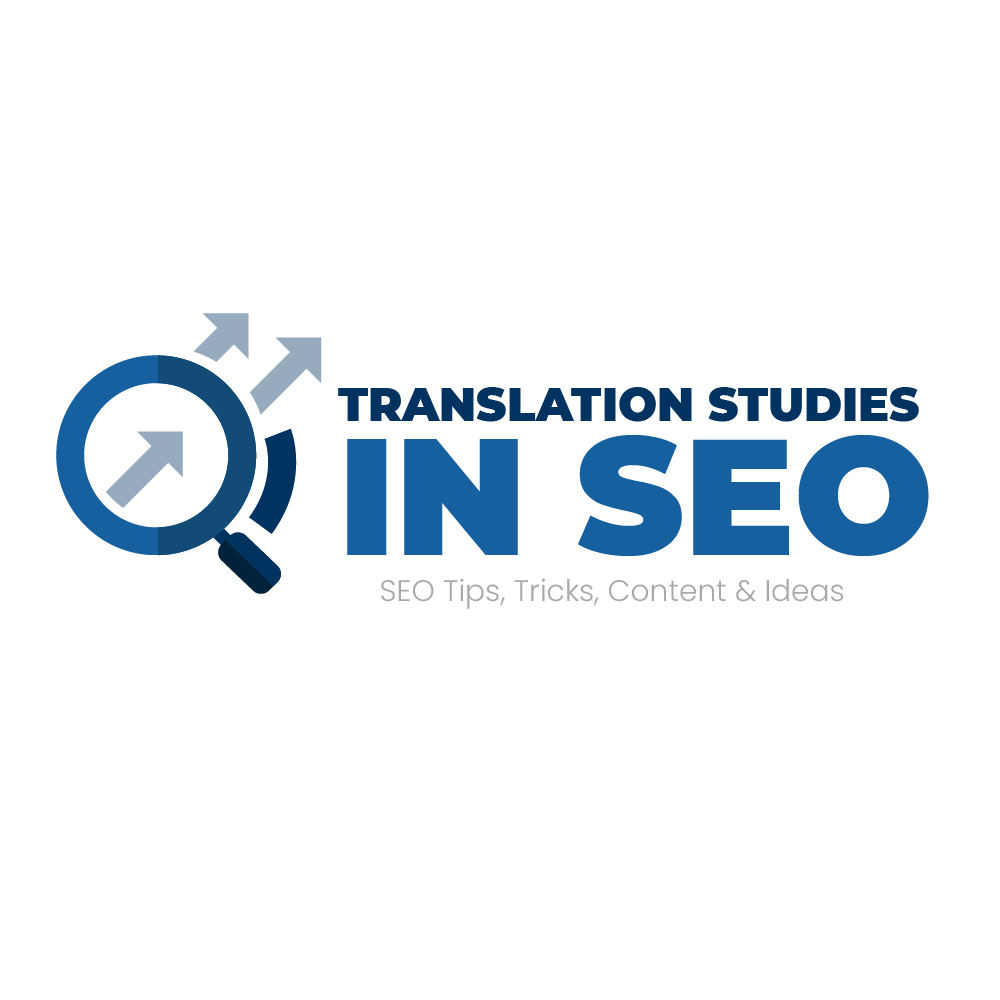
Having good SEO means that you will be able to increase the traffic to your website from the search engines. There are two types of optimization, namely On-page and Off-page. Both of these are crucial to improving the visibility of your website.
Content is king
Whenever you’re talking about search engine optimization (SEO), content is a huge part of the discussion. It’s the glue that holds it all together. Providing useful and valuable content is one of the most powerful ways to build brand trust and convert site visitors into customers.
When Google first started ranking sites, they were mainly looking at the quantity of content. Now, however, they’re looking at quality. Getting higher rankings means more traffic to your site. And more traffic means more conversions.
In order to get your content to rank in Google, you need to make sure it has the right keywords. It’s also a good idea to use long tail keywords. These are the more specific terms that your target audience uses to find what they’re looking for.
Using quality content will ensure your site ranks highly in the SERPs, and will pay off in the long run. As such, it’s important to invest time and effort in creating and optimizing your content.
“Content is king” is an old quote that has been cited a lot in the world of search engine optimization. It’s a clever saying that translates to “high quality, original content is a key to success in search engine marketing.”
As Google’s algorithms have matured, the ranking power of content has increased. Google ranks content with high expertise, authority, and trustworthiness.
Technical optimization
Getting your website to rank high in search engines can be achieved with a little bit of technical SEO. This can have a big impact on your marketing strategy, especially in the organic search space. Using the right techniques can also help to increase your page load times and get your site found quicker.
Search engines use algorithms to determine the most relevant pages for each query. These algorithms consider things such as the quality of the content, loading time, and the overall appearance of the website. The results are then displayed in the form of a search result, which is often referred to as a SERP.
It’s important to understand the difference between on and off-page SEO, as well as how to use the tools provided by Google and Bing. For instance, a site map can tell the engines which parts of your website to crawl. This is something you should check regularly, particularly after you’ve migrated your content.
Having a technically sound website will make it easy for search engine robots to crawl and index your pages. This means that your site will be a lot more useful to your visitors, and will make it much easier for them to find it.
Aside from on-page optimization, you should consider adding structured data to your website. This can improve your search engine ranking, especially if you’re a big player in the eCommerce space.
On-page SEO
Having a strong On-page SEO strategy is essential for a website. It helps Google recognize the content on your site as relevant and high quality. This can lead to higher rankings and better conversion rates. However, this strategy requires a lot of time and investment. There are a few important factors that you must follow to have a successful on-page SEO campaign.
A good On-page SEO strategy should prioritize user experience. This means ensuring that the content is easy to read. This will not only reduce bounce rates, but it will also increase the chance that someone will click through to your site.
Another important factor is structure. This means that your content is easy for Google to understand. This can help you rank for more keywords. It can also help your products to appear in the Google Shopping carousel. Without structured data, Google will have trouble understanding the information on your page.
One of the most important on-page SEO ranking factors is the title tag. The title is used as a headline in the search results. It should contain the keyword targeted at the beginning of the title. You should limit the length of the title tag to 55 characters.
Another on-page SEO ranking factor is the meta description. The meta description is the summary of the page. When people see this in the search results, they know more about the page.
